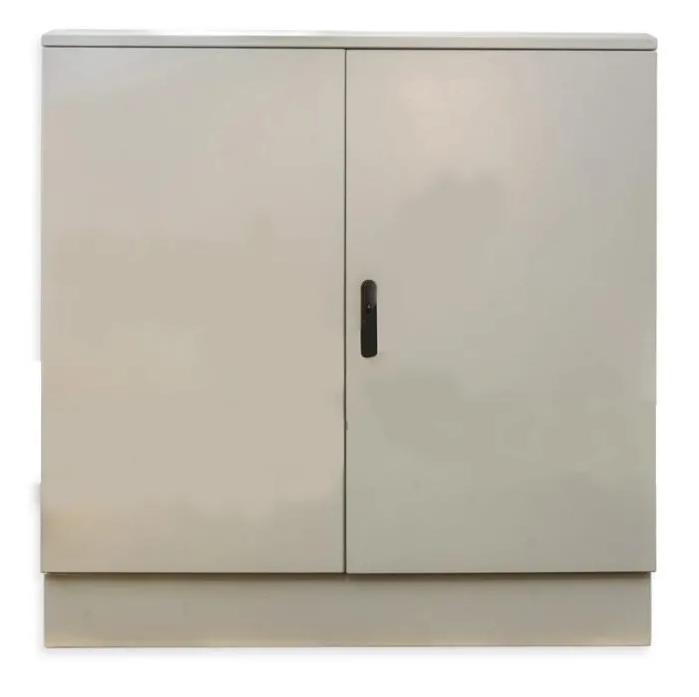
When it comes to network infrastructure, fiber distribution terminal (FDT) play a key role in the network’s overall performance. An FDT is a device that provides a physical connection between a fiber optics cable and other network elements. It is responsible for distributing, connecting, and monitoring the flow of data from one end of the network to the other.
Fiber distribution terminals are an essential component of any network infrastructure. They enable reliable and efficient data transmission across large distances and are commonly used in telecommunications, data centers, and other high-traffic networks. FDTs offer a number of benefits that make them a valuable component of any network infrastructure.
The first and most important benefit of an FDT is its ability to provide high-speed data transmission. Fibers are capable of carrying much more data than traditional copper cables, allowing for faster and more reliable connections. An FDT can also be used to extend the reach of a network by providing a physical connection between two points on the network. This can be especially useful in a large network, where distances between points may be too long for a single cable to span.
Another benefit of an FDT is its ability to reduce costs. An FDT can help reduce the cost of installation and maintenance since it eliminates the need for multiple copper cables. Additionally, since an FDT can be used to extend the reach of a network, it can help reduce the need for additional switches or routers. This can help minimize the cost of a network infrastructure, as well as reduce the amount of time spent on maintenance.
What is a Fiber Distribution Terminal?
A fiber distribution terminal is a device that connects optical fibers to a network. It is also known as a fiber optic cross-connect, or FDT. This type of terminal is used to link fiber-optic cables to optical switches, routers, and other network devices. It is most commonly used in data centers and other large-scale networks, where it is used to provide a reliable and secure connection between multiple devices.
The Benefits of Using a Fiber Distribution Terminal
Using a fiber distribution terminal in network infrastructure can provide a number of advantages, including improved performance, scalability, and security. Let’s take a closer look at each of these benefits.
Improved Performance
One of the main benefits of using a fiber distribution terminal is improved performance. When compared to traditional copper cables, optical fibers provide far superior performance. The use of optical fibers allows for faster data transmission, higher bandwidth, and lower latency. This can result in improved network performance and a better user experience.
Scalability
Another advantage of using a fiber distribution terminal is scalability. The use of optical fibers makes it easy to scale a network, as new fibers can be quickly and easily added to the existing infrastructure. This makes it possible to quickly and easily expand a network as needed, without having to replace the entire infrastructure.
Security
Using a fiber distribution terminal can also help to improve the security of a network. Fiber optic cables are much harder to tamper with than traditional copper cables, making them much more secure. This can help to ensure that data is kept safe and secure and that unauthorized access to the network is prevented.
Conclusion
The use of a fiber distribution terminal in network infrastructure can provide a number of benefits, including improved performance, scalability, and security. By using an FDT, network administrators can ensure that their networks are reliable, efficient, and secure. As data-driven networks become ever more complex, the use of an FDT is becoming increasingly important.
An FDT can also improve the reliability and security of a network infrastructure. By providing a physical connection between two points, an FDT can help prevent data loss or corruption due to signal interference. Additionally, since an FDT is typically located outside the building, it can help protect the network from potential hackers or other malicious attacks.
The final benefit of an FDT is its flexibility. An FDT can be used in a variety of configurations, allowing for easy expansion and reconfiguration. This allows the network infrastructure to be adapted to changing demands, as well as providing a cost-effective solution for expanding the network.
Fiber distribution terminals are an essential component of any network infrastructure. They provide high-speed data transmission, reduce costs, improve reliability and security, and are flexible enough to adapt to changing needs. For these reasons, an FDT can be a valuable addition to any network infrastructure.